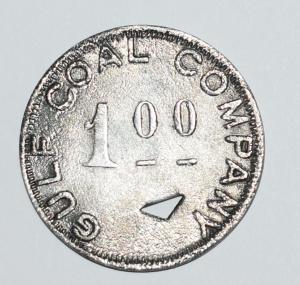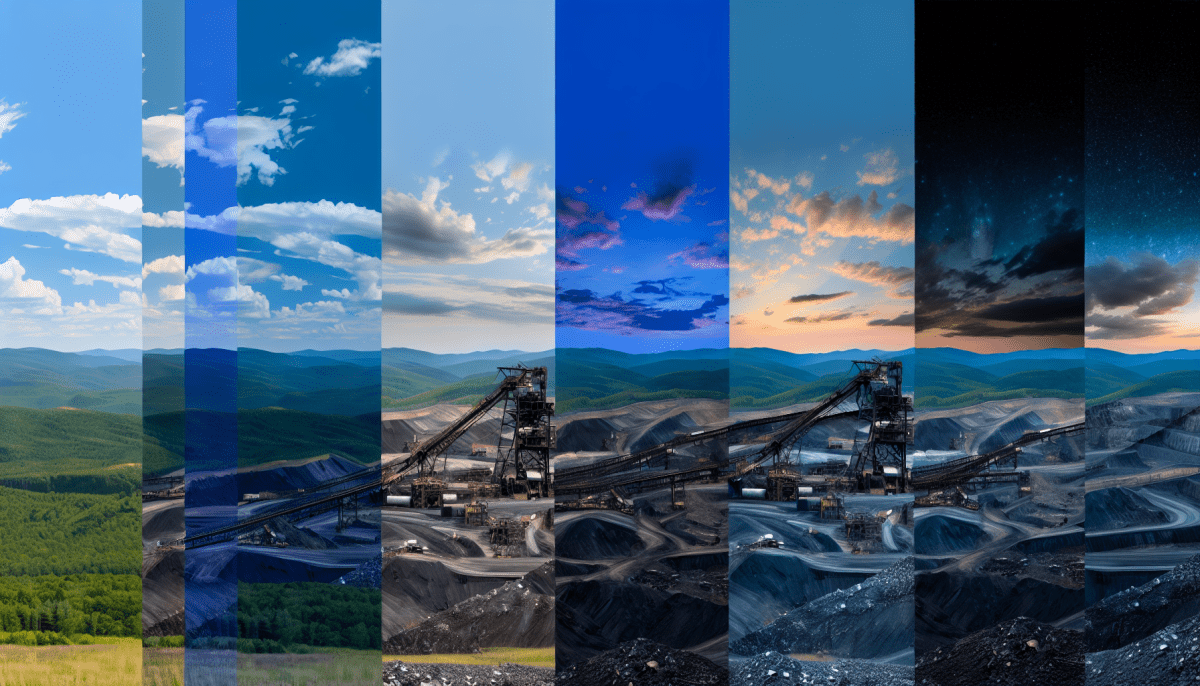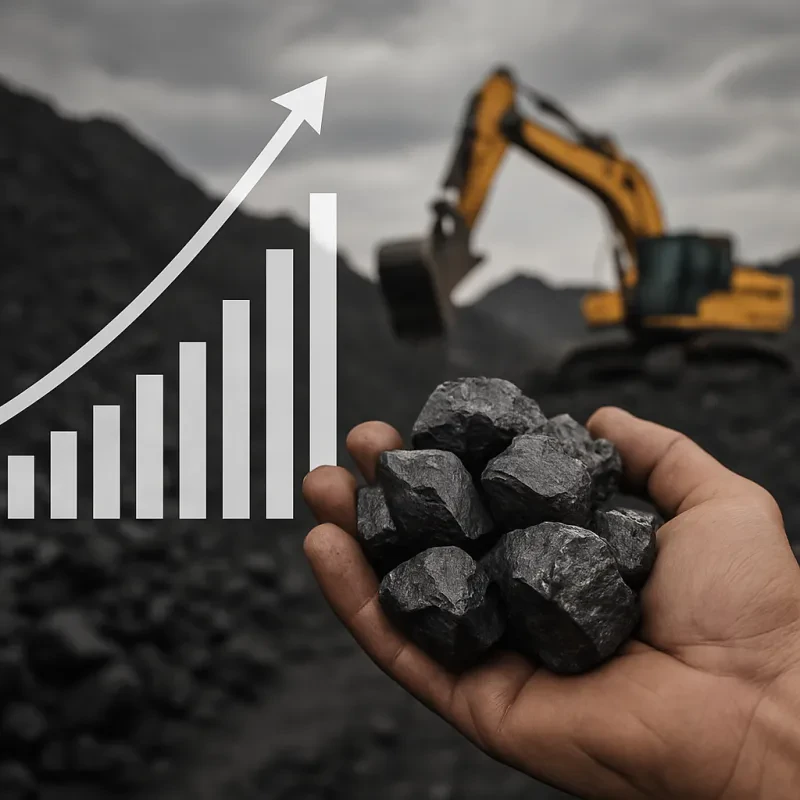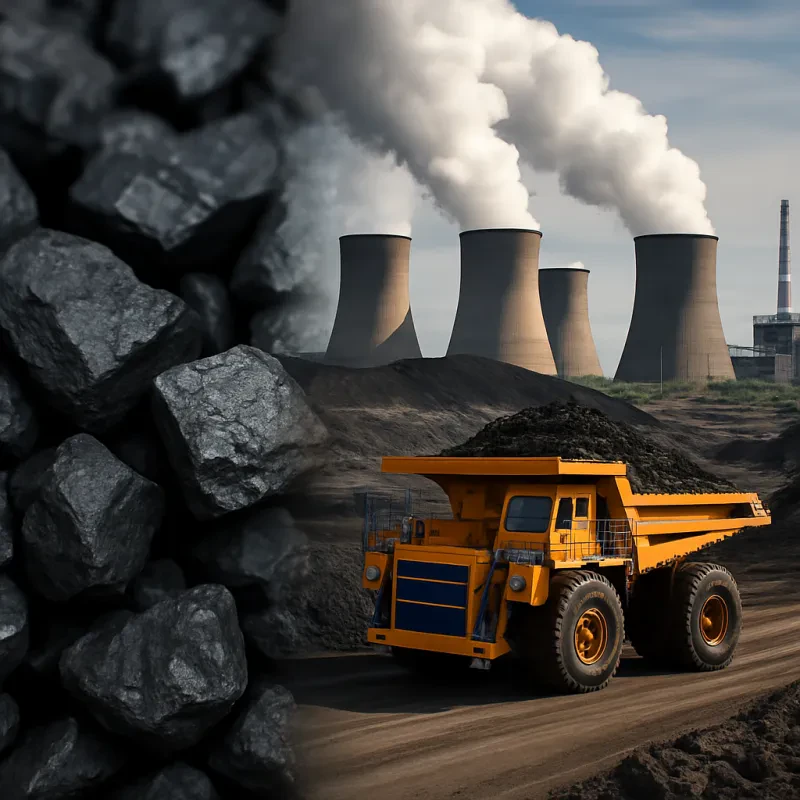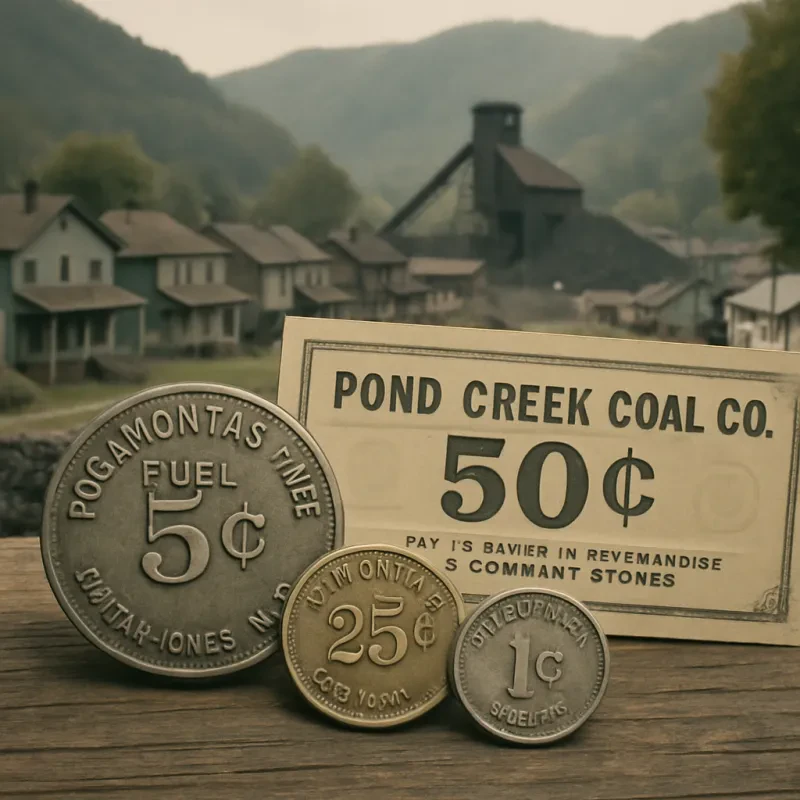By the 1820s, coal mining was growing rapidly, especially in regions like Pennsylvania and West Virginia. These areas became known for their abundant coal reserves, attracting miners from different parts of the United States and even from Europe. This influx of workers played a crucial role in pushing the coal industry into the forefront of America's economy. The question of "when did mining start" in a more organized form finds its answer here, as miners began forming communities and unions to improve their working conditions.
The development of the railroad system further propelled coal mining into prominence. Coal was no longer just a local resource; it became a vital commodity shipped across the country. The demand increased significantly, leading to the establishment of numerous mining companies and an expansion of mining technology. By the late 19th century, coal mining was an integral part of American life, providing jobs for thousands and fueling the growth of cities and industries alike.
Economic Boom and Growth of the Industry
The economic boom in the United States during the late 19th and early 20th centuries marked a significant turning point for the coal mining industry. As the nation transitioned from an agrarian society to an industrial powerhouse, the demand for coal skyrocketed. This fossil fuel became essential for powering factories, heating homes, and fueling the nascent railroad systems that crisscrossed the country. It was a time of transformation, and coal was at the heart of it all.
During this period, regions rich in coal deposits, such as Appalachia and the Illinois Basin, witnessed rapid growth. Towns sprung up around mines, creating jobs and boosting local economies. Miners sought out these new opportunities, often migrating from rural areas in search of better wages and living conditions. The influx of workers and investment led to improvements in infrastructure, which further fueled the expansion of the industry. This growth raised questions about the early days of the industry, prompting many to wonder when did mining start and how it evolved to meet the needs of a growing nation.
The coal industry thrived not only because of demand but also due to technological advancements. New machinery was developed that allowed for deeper mining and more efficient extraction methods. Innovations such as coal cutters and mechanized shovels enabled companies to produce more coal, driving down costs and increasing profits. With the combination of high demand and improved technology, coal mining became one of the backbone industries of the American economy.
As the industry grew, so did the power of labor unions representing miners. Workers began to organize in response to unsafe working conditions and low wages. Strikes and labor movements became commonplace, as miners fought not only for better pay but also for their basic rights in a rapidly changing economic landscape. The coal mining industry was not just a source of economic growth; it became a stage for social change and labor activism that would influence future generations.
Environmental Impact and Challenges Faced
The rise of coal mining in America brought significant economic benefits, yet it also resulted in considerable environmental challenges. When we consider the environmental impact of coal mining, it's essential to examine the destructive consequences that have unfolded over the decades. From mountaintop removal to water pollution, the methods used to extract coal have led to persistent ecological issues that continue to affect local communities and ecosystems.
Mining activities have often disrupted the natural landscape, leading to soil erosion, deforestation, and habitat destruction. As the demand for coal soared, especially during the industrial revolution, the consequences of such practices were often overlooked. Notably, when did mining start, the lack of regulations made it easier for companies to exploit resources without consideration for environmental protections. As a result, many areas around coal mines have suffered from degraded air and water quality, impacting the health of both people and wildlife.
Water contamination has emerged as a significant concern linked to coal mining. Runoff from mining operations can introduce toxic substances into nearby rivers and streams, harming aquatic life and making water unsafe for human consumption. This pollution is not just a byproduct of mining; it often lingers long after the mining operations have ceased. As public awareness grows regarding these issues, communities are increasingly advocating for cleaner energy alternatives and more stringent regulations on mining practices.
Moreover, the relationship between coal mining and climate change cannot be ignored. As one of the largest sources of carbon emissions, the burning of coal significantly contributes to global warming. As the environmental consequences of coal mining continue to mount, we face a pivotal moment in energy production and consumption. Addressing these challenges requires a collective effort to shift towards more sustainable practices and to consider the long-term impacts of our energy choices.
The Decline and Future of Coal Mining
Coal mining has been a pivotal industry in America since its inception. When did mining start? The roots of coal extraction date back to the early colonial days, but it truly flourished in the 19th century, fueling the Industrial Revolution. Towns sprouted around mines, and entire communities relied on coal for jobs and energy. However, as time progressed, the decline of coal mining began to take shape, influenced by various factors such as environmental concerns and the rise of alternative energy sources.
The shift away from coal has accelerated in recent years. Natural gas and renewables like wind and solar are becoming the preferred choices for energy production due to their lower emissions and sustainability. This transition has dramatically affected the coal industry, leading to job losses in communities once proud of their mining heritage. The Environmental Protection Agency (EPA) has implemented stricter regulations, causing many coal plants to close and pushing companies to shift focus elsewhere.
Another significant aspect of the decline is the changing perceptions around coal mining itself. Once viewed as a vital part of America's industrial identity, coal is now often associated with environmental degradation and health risks. As public awareness grows about climate change, many are advocating for cleaner energy solutions. This shift in perspective has profound implications for workers and communities that have relied on coal mining for generations.
Looking to the future, the landscape of coal mining is likely to continue evolving. While some regions may still cling to coal for local economic reasons, the broader trend points toward a world increasingly focused on greener alternatives. The challenge will be to transition coal-dependent communities towards new opportunities while addressing the legacy and cultural significance of coal mining in America.

